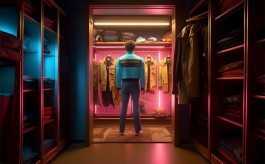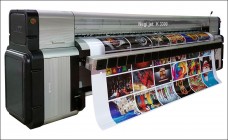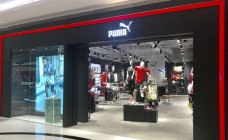When shopper insights drive merchandising designs
By Retail4Growth Team | September 30, 2019
In the increasingly cluttered, brands-saturated supermarket environment, merchandising display may need to beyond making a brand presence; they will need to resonate with shopper needs and aspirations in order to achieve conversions. Merchandising solutions based on shopper insights are the need of the hour.
 A McKinsey survey of more than 30 retailers in the US found that merchants spent approximately two-thirds of their time gathering data, managing exceptions, “firefighting,” and other functions and only one-third of their time working on critical strategy and analytics or insights. It highlights the fact that retailers who leveraged technology to make decisions regarding category and aisle management and other aspects, with a customer centric approach managed to create a truly personalized and distinctive shopping experience. It also brought to light that many challenges that retailers typically face in this context , namely a traditional mindset that is closed to new opportunities and shopper insights and the inability to leverage technology towards this. The take away is clear: “A seamless, customer-centric, omnichannel approach will be key to engaging customers across multiple formats. Retailers will need to ground their approach using a customer lens.”
A McKinsey survey of more than 30 retailers in the US found that merchants spent approximately two-thirds of their time gathering data, managing exceptions, “firefighting,” and other functions and only one-third of their time working on critical strategy and analytics or insights. It highlights the fact that retailers who leveraged technology to make decisions regarding category and aisle management and other aspects, with a customer centric approach managed to create a truly personalized and distinctive shopping experience. It also brought to light that many challenges that retailers typically face in this context , namely a traditional mindset that is closed to new opportunities and shopper insights and the inability to leverage technology towards this. The take away is clear: “A seamless, customer-centric, omnichannel approach will be key to engaging customers across multiple formats. Retailers will need to ground their approach using a customer lens.”
Here is some data that establishes the need for insights driven merchandising strategies:
- A US specialty retailer’s localization strategy led to a 3% sales increase despite declining sales in the category nationwide.
- A localization pilot project led to a 4% sales increase at a US big box retailer, helping it recapture market share to gain on a key competitor.
- A decentralized general-merchandise retailer that used big data to create performance group clusters saw sales grow 3% to 4%, a key component of a successful turnaround.
The report further points to aspects that can be rooted in insights generating analytics: floor space, assortment, adjacencies, activations and promos, etc. A Deloitte report further drives home the need for insights driven category plans. It cites the example of a large grocery retailer that built a team of 25 what it calls ‘navigators’ and ran all 300 of its product categories through the category ‘accelerator’ over a two-year period. In one category, for example, it captured a 2 percent incremental sales increase within six months by making a series of pricing changes and expanding the distribution of select regional product lines.
For more updates, subscribe to retail4growth newsletter - Click here









Comments